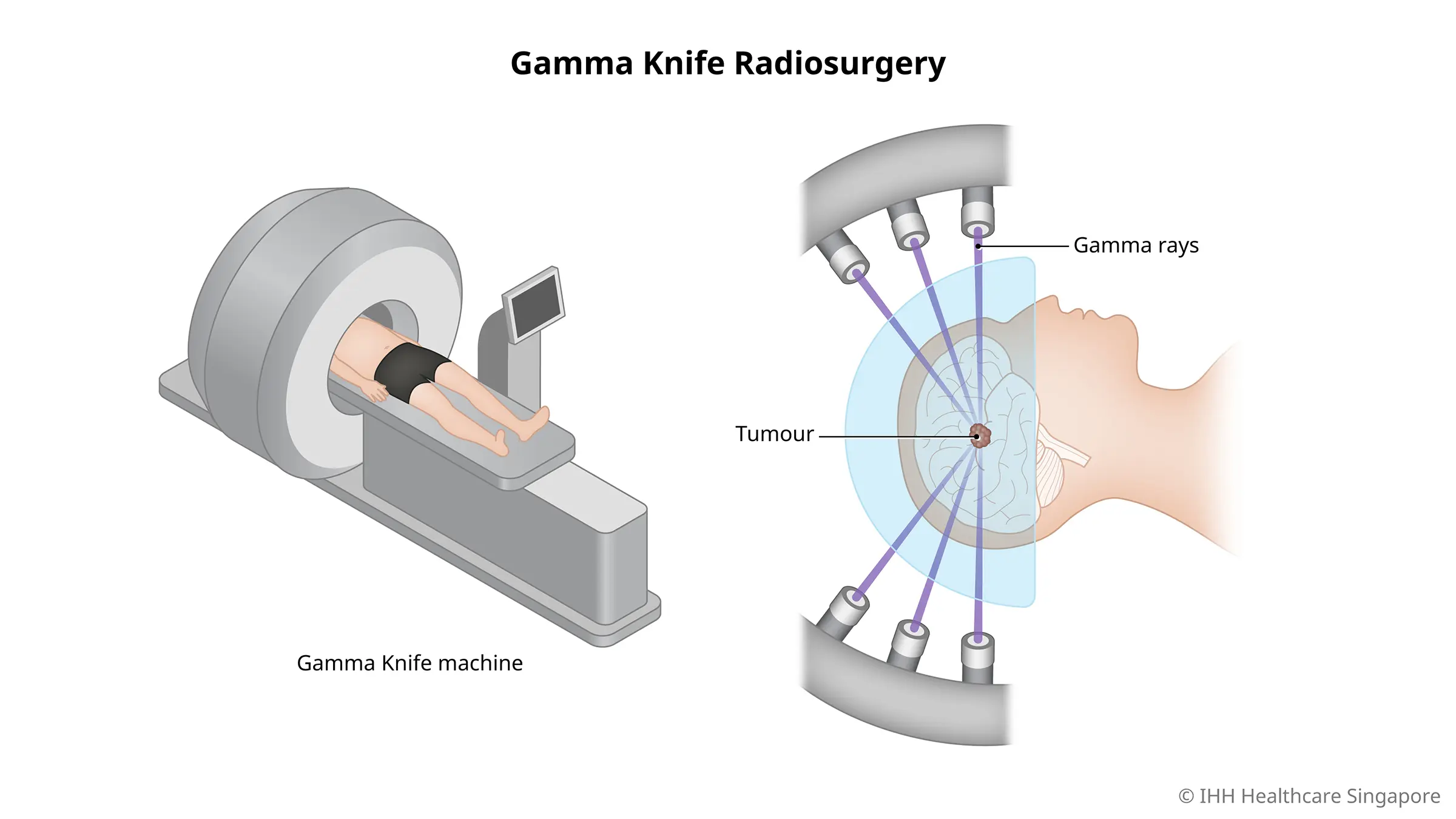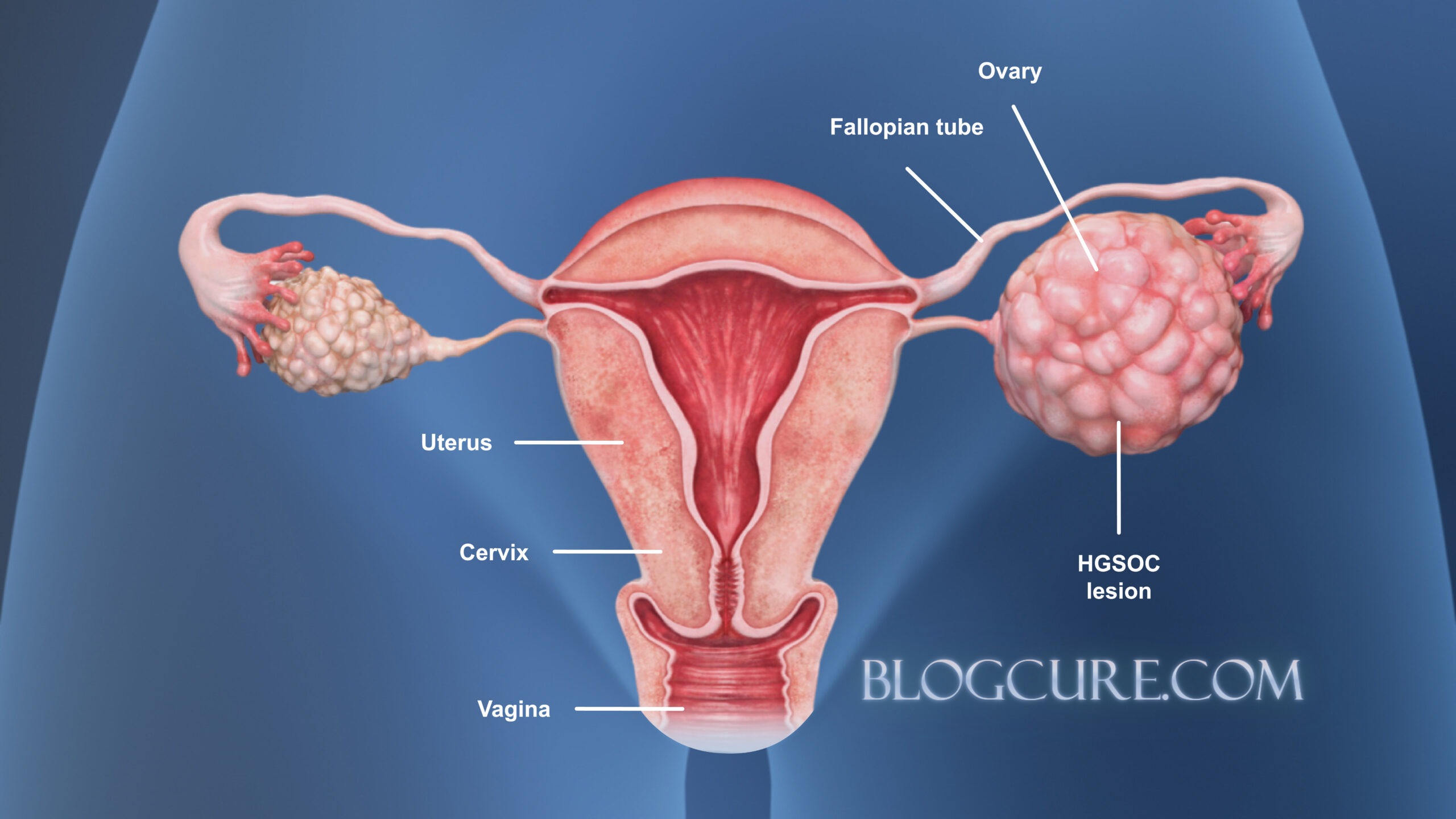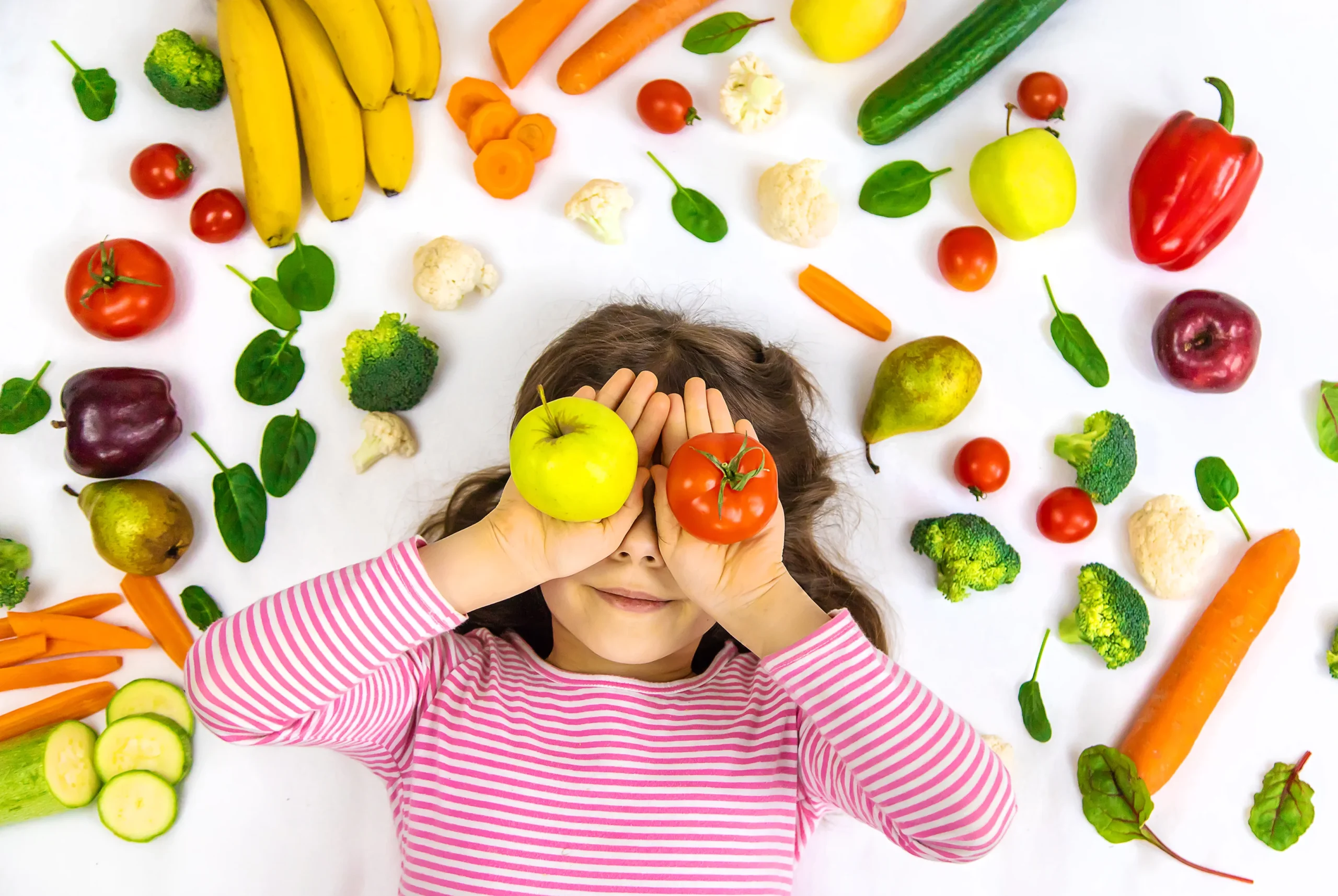
Children receiving cancer treatment may experience eating and drinking problems at different stages of therapy. These issues can stem from the disease itself, chemotherapy or radiotherapy, or medications used. Your child may have difficulty swallowing food, find tastes unusual, or may not feel hungry. This guide provides practical tips to help manage loss of appetite and eating difficulties.
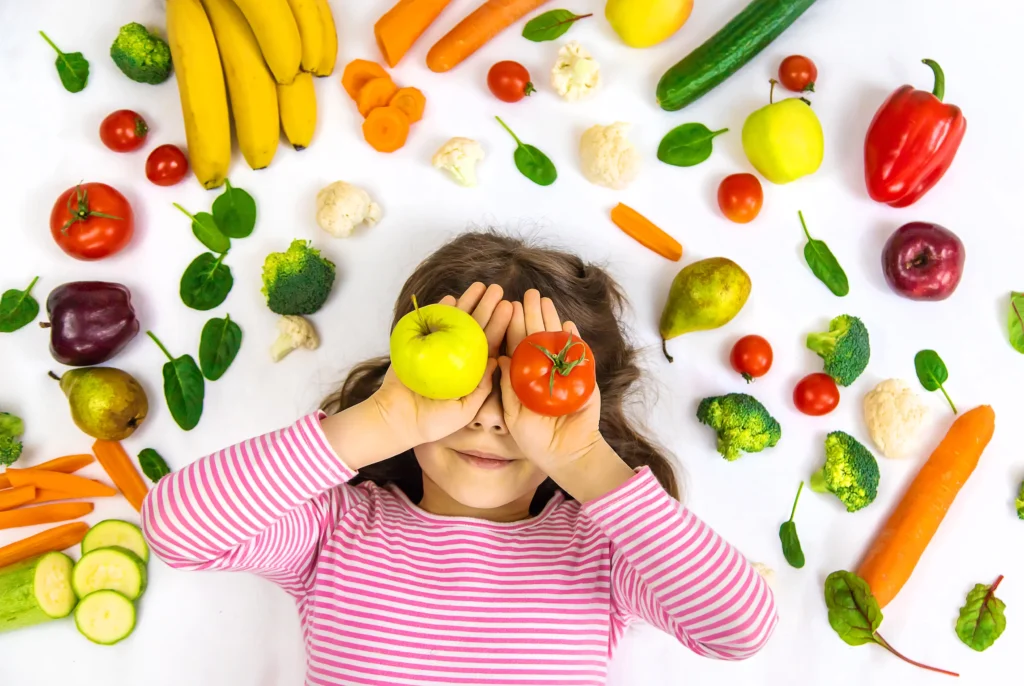
🥗 1. The Importance of Proper Nutrition
Proper nutrition helps your child cope with treatment and strengthen the immune system.
Good nutrition supports energy, overall well-being, and adherence to treatment.
Tips:
- 📏 Track your child’s weight and height regularly to monitor if they are eating enough.
- 📝 Share information about your child’s appetite and food preferences with doctors and dietitians.
- 💬 Discuss concerns about diet, weight, energy, and supplements with healthcare professionals.
🥩 2. Recommended Foods
Encourage your child to eat from different food groups for balanced nutrition:
| Food Group | Function |
|---|---|
| 🥚 Meat, fish, eggs, legumes, nuts | Protein source for growth, muscle strength, and wound healing. Provides energy, vitamins, and minerals. |
| 🥛 Milk, yogurt, cheese | Provides protein, fat, vitamins, and minerals. Opt for full-fat products if your child is losing weight. |
| 🍬 Sugar, honey, chocolate, pastries | Quick source of energy. Use with caution if your child is taking corticosteroids. |
| 🧈 Butter, margarine, oils, cream | Source of energy and fat-soluble vitamins. |
| 🍎 Fruits and vegetables | Rich in vitamins, minerals, and fiber; lower in energy and protein. |
🍽️ 3. Managing Loss of Appetite
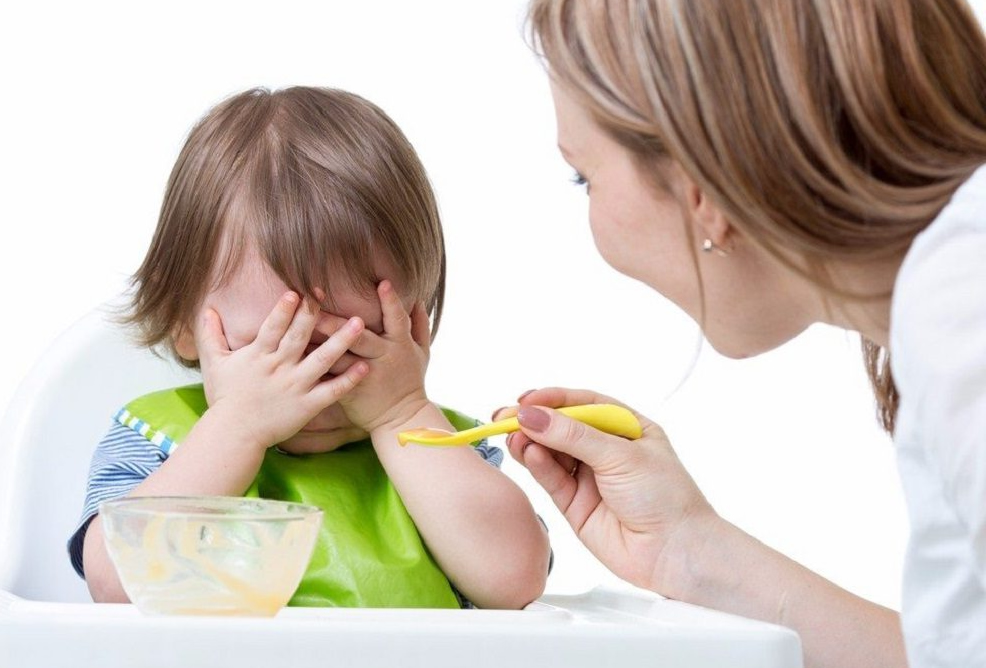
Loss of appetite is common during treatment.
Strategies:
- 🥪 Offer small, frequent meals and snacks (every 2–3 hours).
- 🍳 Make breakfast appealing: eggs, omelets, pancakes, or sandwiches.
- 🥤 Give drinks between meals, not right before.
- 🍮 Use microwave-friendly or homemade desserts to make meals enjoyable.
- 🥛 Provide high-calorie or supplement drinks if your child is not eating enough.
⏰ 4. Tips for Mealtimes
- ⏱️ Keep meals under 20 minutes to prevent fatigue.
- 🎯 Focus on what your child eats, not what they refuse.
- ❌ Avoid forcing your child to eat.
- 🍽️ Use small plates and let your child choose from 2–3 options.
- 👨👩👧 Eat together as a family to make mealtimes social and enjoyable.
🎨 5. Making Eating Fun
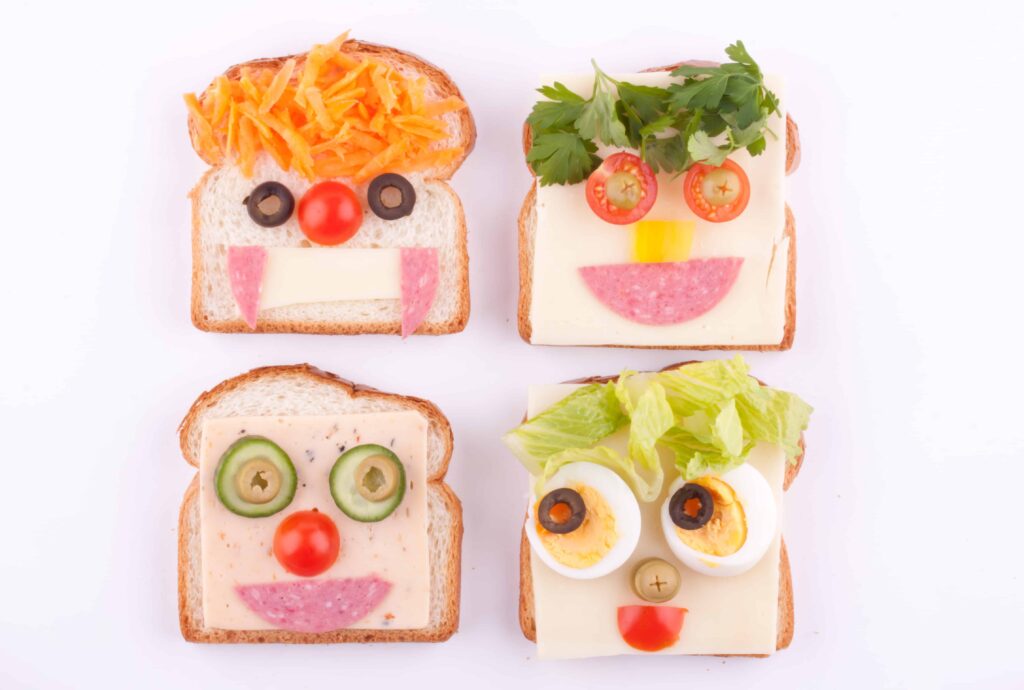
- 🍽️ Create a “restaurant” atmosphere at home with tablecloths and menus.
- 🍕 Involve your child in preparing pizza, puddings, or desserts.
- 🥪 Make fun shapes: faces from vegetables, playful sandwich shapes.
- 🌳 Picnic-style meals or themed dining can be exciting.
💪 6. Adding Extra Energy and Protein
If your child struggles to eat enough, boosting calories and protein is beneficial:
Tips:
- 🥛 Use full-fat milk for breakfast.
- 🧈 Add butter or oils to bread, rice, pasta, or cooked vegetables.
- 🥗 Include cheese or dressing in sandwiches, salads, and soups.
- 💊 Consult a dietitian for calorie supplements.
High-Calorie Snacks:
- 🫒 Olives, cheese toast, crackers, pizza slices, omelets
- 🍰 Fruit pastries, cakes, cookies, pudding
- 🥤 Milk-based drinks, yogurt drinks, ice cream, custards
⚠️ 7. Common Treatment-Related Eating Problems
🤢 Nausea
- Prefer cold or low-odor foods.
- Serve small, frequent meals.
- 🍬 Fruit-flavored or ginger candies, biscuits may help.
🦷 Mouth and Throat Sores
- Serve soft, warm or cold foods.
- Avoid hard, rough, or spicy foods.
- Pureed or sieved foods can be easier to eat.
💧 Dry Mouth
- Offer cool drinks and moist foods.
- Use lozenges or rinses to keep the mouth moist.
- Sugar-free gum or citrus fruits may help.
😖 Changes in Taste
- Replace red meat with chicken, fish, eggs, or legumes.
- Use herbs, spices, and sauces for flavor.
- Fruit or mint candies can mask unpleasant tastes.
💩 Diarrhea and Constipation
- Ensure sufficient fluid intake.
- Use high-fiber foods carefully and consult a doctor or dietitian.
- Medications may be needed for relief.
🥤 8. Nutritional Supplement Drinks

- Homemade: Full-fat milk, yogurt drinks, fruit smoothies, compotes, ice cream.
- Prescription: Pediasure, Biosorb, Fantomalt, Protifar – always under medical supervision.
- Serve between meals to supplement nutrition.
🚫 9. Special Considerations and Safe Foods
- If your child cannot eat enough, tube feeding (nasogastric or gastrostomy) may be necessary.
- Children often choose “safe foods”; this is normal.
- Avoid: raw or undercooked eggs, unpasteurized cheeses, heavy appetizers, shellfish.
- For special cases like bone marrow transplants, consult your doctor or dietitian.
| Question ❓ | Answer 💡 |
|---|---|
| Why is proper nutrition important during cancer treatment? | Proper nutrition helps maintain strength, supports the immune system, reduces infection risk, and improves treatment tolerance. |
| How can I tell if my child is eating enough? | Monitor weight and height regularly. Consult your pediatric oncologist or dietitian for guidance. |
| What types of foods should my child eat? | Include proteins (meat, fish, eggs, legumes, nuts), dairy (milk, yogurt, cheese), fruits & vegetables, healthy fats (butter, oils), and occasional treats if allowed. |
| What if my child has a poor appetite? | Offer small, frequent meals, make food appealing, provide high-calorie supplements, avoid forcing to eat. |
| Can my child eat the same foods every day? | Yes, “safe foods” are common during treatment; gradually introduce new foods with dietitian guidance. |
| What foods should be avoided? | Raw/undercooked eggs, unpasteurized cheeses, heavy dips, raw shellfish; follow hygiene rules and doctor’s advice. |
| How can I manage nausea or mouth sores? | Offer cold/soft/pureed foods, avoid spicy or rough-textured foods, encourage small meals, use sauces or herbs, follow doctor’s medication advice. |
| Are there nutritional supplements for children? | Yes, high-calorie protein supplements (e.g., Pediasure, Biosorb, Fantomalt, Protifar); use under medical supervision. |
| What if my child still loses weight despite supplements? | Tube feeding (nasogastric or gastrostomy) may be necessary for sufficient calorie and nutrient intake. |
| Can we make meals more enjoyable? | Involve the child in meal prep, use fun shapes, themed meals, or “restaurant-style” dining to improve appetite. |


